
Since 2010, KUKA has adopted EtherCAT technology as the system bus in all KUKA robot control systems. The latest KR AGILUS robot and LBR iiwa lightweight robot compact controllers are also implemented based on EtherCAT. Beckhoff’s EtherCAT, based on industrial Ethernet, can thus serve as the foundational technology integrated throughout the current range of KUKA control systems.
In 1996, KUKA Robotics became the first robot manufacturer to introduce a fully Windows PC-based robot control system. The success of the first generation control system can largely be attributed to the intuitive operational guidance made possible by using widely accepted Windows technology familiar to office users, along with the high performance of PC technology. With IT products in the consumer market, high innovation capability and performance can be achieved at lower costs. Regarding the design of the new generation KUKA robot control system, in addition to Windows and PC—general communication achieved through Ethernet—more mature technologies from the IT sector have also been adopted, which marks a significant advancement. A very powerful, high-speed, and high-deterministic bus system is needed for internal communication within the controller. For this purpose, KUKA has been using EtherCAT as the system bus for the KR C4 series control system since 2010 to ensure high performance and openness.
A standard field bus is typically used for external communication in robot control systems at the I/O, hive, and device layers, allowing for complete integration of the robot into the automation system. The field bus system is usually specified by the customer, and the robot control system must be able to connect to the chosen technology.
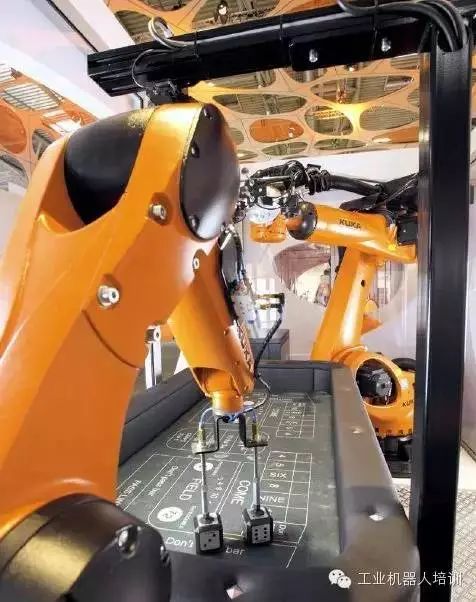 With the fully integrated “KUKA.VisionTech” vision system, robots can also be flexibly applied in unstructured environments.
With the fully integrated “KUKA.VisionTech” vision system, robots can also be flexibly applied in unstructured environments.
However, complex data transmission is also required between different components within a robot control system (such as drives and position encoders) to implement control and adjustment tasks that have high real-time performance requirements. Furthermore, internal devices must exchange information for safety technology and control infrastructure, not to mention display and operation. For this purpose, different communication technologies were used in the previous version of the KR C4 robot control system, leading to the use of numerous different plugs and cables.
When planning the current KUKA control system, this issue was considered in detail, along with whether current Ethernet technology could meet real-time and safety requirements at a high data transfer rate, all of which have characteristics familiar in the IT sector. Additionally, the advantage of Ethernet is that different protocols can be transmitted over a single line, which will significantly reduce the number of cables used in the system.
An important goal of the project development is to achieve external communication with the field bus layer and internal communication using as few different communication technologies as possible for a lean design. KUKA aims to avoid proprietary technologies and instead use the most widely accepted and open industry standards. Moreover, performance-limited hardware needs to be replaced with intelligent software features, made possible by the high computational power of modern multi-core PCs. Fewer hardware components mean a longer MTBF (mean time between failures) and reduced development costs, unit prices, and logistics costs. These standardizations have reduced the number of required hardware components by 33%, and the number of plugs, connectors, and cables used by as much as 50%.
Communication with the field layer: software stack or gateway?
Through existing Ethernet devices in the PC, the link between the field bus and Ethernet-based field buses (such as PROFINET or EtherNet/IP) can be fully implemented through software, rather than using more expensive dedicated hardware. Therefore, the interface for traditional field buses (like PROFIBUS or DeviceNet) is not integrated by installing plug-in cards on the controller but is integrated through an EtherCAT communication gateway in the I/O system.
Ethernet and EtherCAT are used for internal communication as well as communication with sensors, actuators, and I/O.
All internal communication and communication with lower I/O are implemented via standard Ethernet or EtherCAT. Thus, the general bus physical layer (cables, plugs, and Ethernet controller chips) of the KR C4 robot control system only uses two different but standard communication protocols. Standard Ethernet is used internally to address KUKA handheld controllers, to connect and synchronize multiple KUKA RoboTeam robot control systems, or to connect to an engineering laptop.
In addition to standard Ethernet, the use of EtherCAT communication technology is essential because standard Ethernet technology can no longer meet the requirements for real-time capability and support for industrial safety protocols. EtherCAT serves as the internal drive bus for controlling and monitoring the drives of robots and position encoders. Additionally, EtherCAT can also be used to control internal safety components related to robot safety or SmartPad safety-related operating elements. Moreover, a EtherCAT master interface connected to traditional field buses is integrated for addressing local I/O modules or gateways.
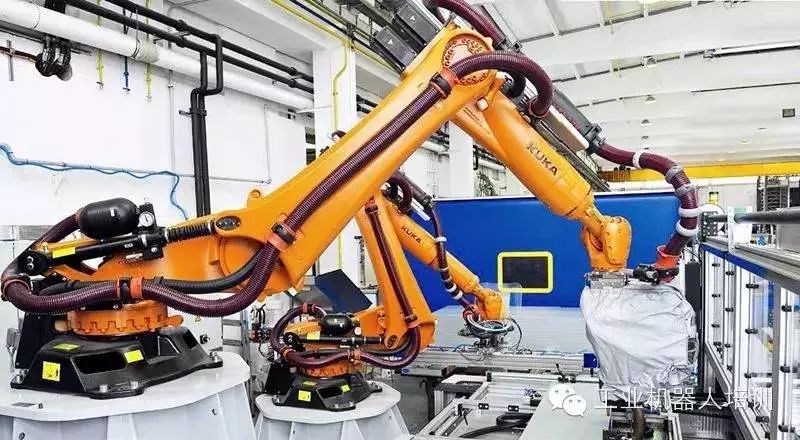 In the robot applications of Meiller Aufzugtüren, two “KUKA KR QUANTEC K” robots are responsible for completing all production steps: projection welding, spot welding, handling, stamping, molding, and finally stacking doors ready for installation.
In the robot applications of Meiller Aufzugtüren, two “KUKA KR QUANTEC K” robots are responsible for completing all production steps: projection welding, spot welding, handling, stamping, molding, and finally stacking doors ready for installation.
Why choose EtherCAT?
The reason for choosing EtherCAT real-time industrial Ethernet and safety communication technology is mainly due to the series of advantages EtherCAT has compared to other real-time Ethernet technologies, which are very suitable for KUKA’s development goals. For example, EtherCAT does not require special interfaces in the master; only in the slave does it need. In the master, a standard Ethernet controller is sufficient, and many Ethernet controllers are used in the PC of the KR C4. The required plugs and cables are the same as standard Ethernet, thus reducing costs and improving operational simplicity.
Due to its special “instant processing” technology, EtherCAT can achieve very high data transfer rates, fully utilizing the maximum possible Ethernet data rate of 100 Mbits/s. This allows many functions to be executed via software on the master control PC, which otherwise would have required expensive dedicated hardware components.
EtherCAT’s dedicated safety protocol Safety over EtherCAT (FSoE) can communicate through EtherCAT and Ethernet. FSoE allows the safety control system based on PC and central KR C4 (also fully executed via software) to control all safety-related peripheral devices, such as local safety modules for robot safety or safety-related operating elements in the SmartPad. In addition to PROFINET and EtherNet/IP field buses, EtherCAT is one of the most widely used Ethernet-based industrial communication technologies, with a large number of users worldwide. Therefore, EtherCAT slave devices provided by members of the EtherCAT Technology Group (ETG) can be used. This enables numerous new automation solutions based on EtherCAT to utilize high-performance devices from many vendors. Continuity is also an important reason for choosing EtherCAT, as once the system is built, there is no need for “version modification” of standards, protocols, or ASICs.
Welcome to leave a message!
——-End——-
Source: From Bernd Fiebiger and Heinrich Munz, senior system development engineers at KUKA Robotics, copyright belongs to the original author. If there is content infringement, please contact us for deletion.
Hot News:
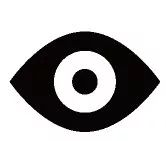 How to Transition to Industrial Robot Application Engineer from Scratch?
How to Transition to Industrial Robot Application Engineer from Scratch?
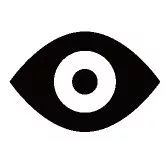 The Best Robots Often Leave First, But Not for Money!
The Best Robots Often Leave First, But Not for Money!
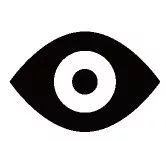 WHAT? WeChat Voice Control Robot?
WHAT? WeChat Voice Control Robot?
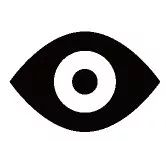 A Great Drama of Machine Replacing Humans is Gradually Unfolding!
A Great Drama of Machine Replacing Humans is Gradually Unfolding!
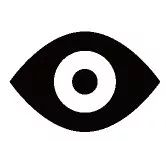 This Graduation Season, Come to the Guiding Vehicle to Learn Robotics, So You Don’t Have to Blindly Look for a Job!
This Graduation Season, Come to the Guiding Vehicle to Learn Robotics, So You Don’t Have to Blindly Look for a Job!
Progressing Together with Hundreds of Thousands of Robotics Engineers
▼
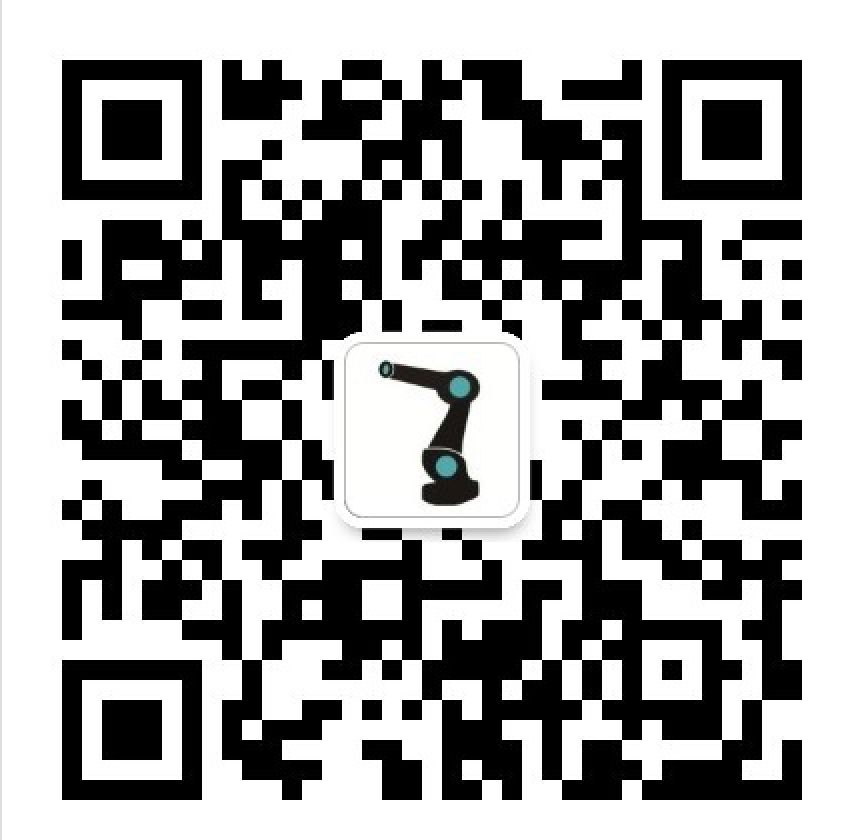
Just a Follow Away from Becoming an Industrial Robot Expert
Guiding Vehicle Robotics Academy, Cradle of Robotics Engineers